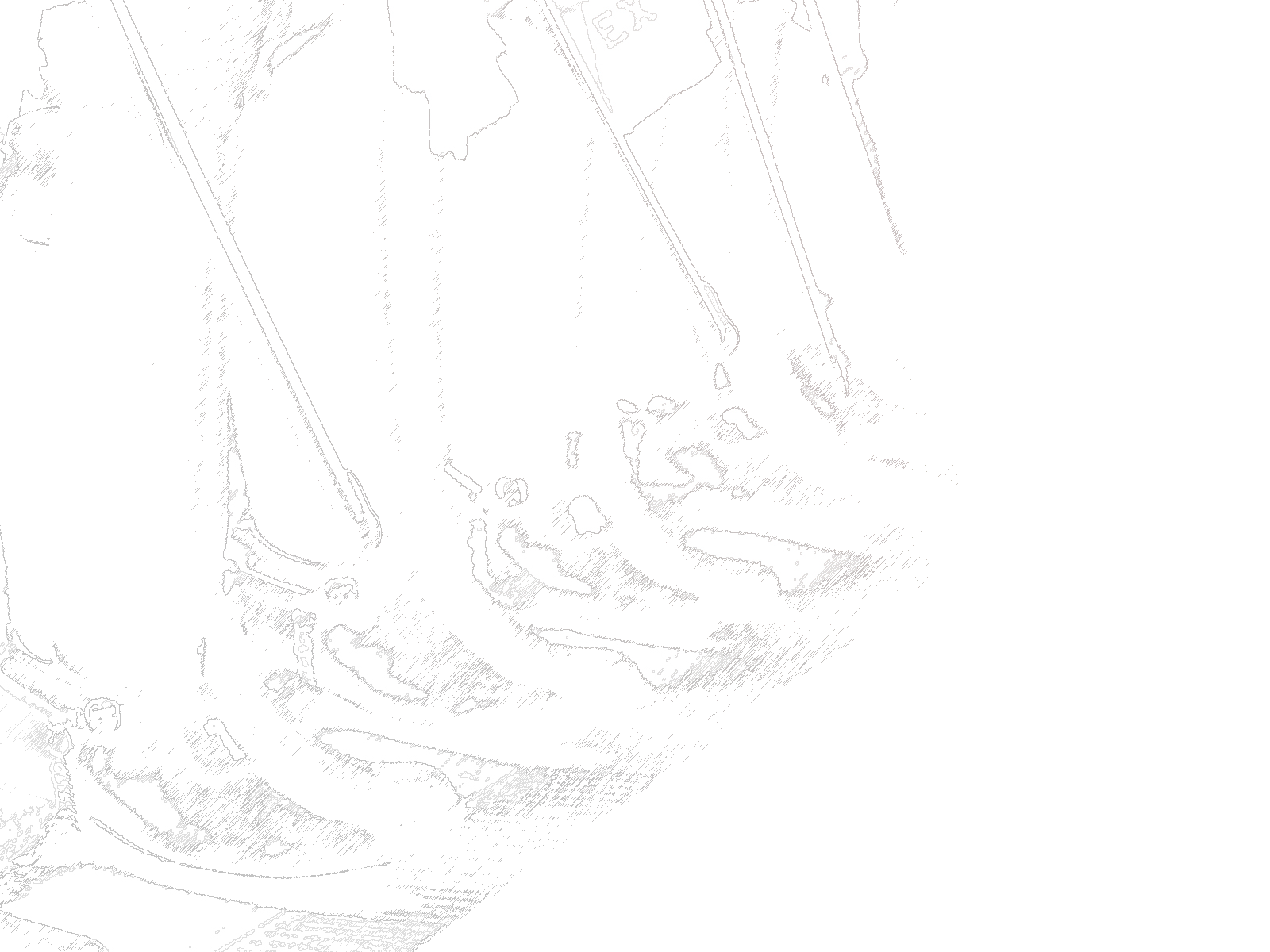I won’t be alive to see it, but the implications are enormous. We have seen how even the slowing of growth and aging of our population is having huge implications on our nation’s politics and social contract. Right now, we already have geriatric politicians fleecing their grandchildren to sustain their way of life.
The UN’s latest projections, released earlier this year, suggest the world will house about 9.7 billion humans in 2050.
“Demographic projections are highly accurate, and it has to do with the fact that most of the people who will be alive in 30 years have already been born,” the UN’s population division director, John Willmoth, says.
“But when you start getting 70, 80 years down the road, there’s much more uncertainty.”
Under its most likely scenario, the UN projects the world population will reach about 10.4 billion in the 2080s.
From there, it’s set to plateau for a couple of decades, before falling around the turn of the 22nd century.
[…]
The magic “replacement number” is 2.1: If women on average have more children than that each, the population of the world grows. If fertility rates are lower, the population shrinks.
And that’s where we’re heading.
“We have now reached peak child,” Dr Charles-Edwards says. “There will never be more children alive on the Earth than there is today.”
Fertility peaked in the 1950s when women were, on average, having five children each.
That number varied dramatically between regions of the world.
But since then, fertility rates have reliably fallen. In fact, in some parts of the world, including Australia, Europe, North America, and some parts of Asia, fertility rates are already below that replacement number.

0 Comments